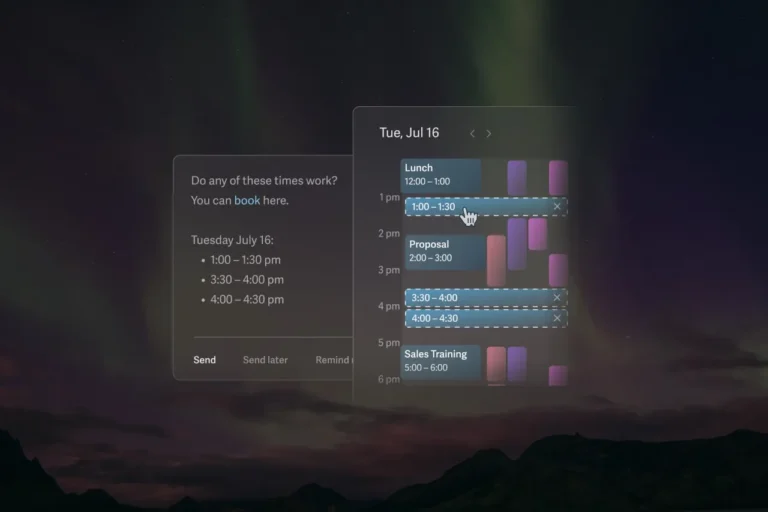Trending Post
Apple developing 90hz studio display for iPad air, iMac
There is a new rumor that Apple is working on a 90Hz display technology, which will soon find its way into future versions of several key devices, including the Studio Display, iPad Air, and 24-inch iMac. All of these products sport 60Hz refresh rate screens, so a move to a 90Hz display would be a big step forward in user experience, especially for those demanding smoother visuals and more responsive interactions.

According to an anonymous source, Apple is working on a “higher refresh rate LCD display with a new liquid motion panel set at around 90Hz.” This would be very different compared to the company’s prevailing use of 60Hz panels in devices like the Studio Display and others.
Impact on the Studio Display and the iMac
This rumor is especially interesting with regard to the Studio Display, which has seen no hardware refreshes since launching in March 2022. The fan base had waited for a refreshed model as there had been much speculation with regards to upgrades. For many, they hoped this would bring a technology bump perhaps even mini-LED backlighting or ProMotion capabilities, which would allow it to hit higher refresh rates such as 120Hz. With the introduction of ProMotion to devices like iPad Pro and iPhone by Apple, it is rather logical that the feature should eventually find its way onto more displays in the company’s product line.
Interestingly enough, a renowned display analyst named Ross Young has reportedly claimed that Apple has already scrapped plans for a 27-inch monitor with mini-LED backlighting. It would have been a second-generation Studio Display, featuring ProMotion and refresh rates as high as 120Hz. Apparently that was canceled, which is why such an offering isn’t coming next year either, as Young expected that would happen for 2022. Still, there is little progress with the Studio Display now, so one speculates how it could possibly get major upgrades going forward.
The 90Hz refresh rate: Apple’s modest step toward smother display
Moving toward a 90Hz refresh rate could be an incremental step on the part of Apple mid-range and entry-level displays. ProMotion technology with refresh rates of up to 120Hz are kept within the premium products for Apple but a 90Hz refresh may be the happy medium – not as extreme to provide too much power efficiency- between an ultra-smooth visual or the high-quality smooth presentation that one does not quite need the full extent on the Pro line.
The first device to be equipped with the 90Hz refresh technology is the iPad Air, which should arrive with the next-generation M3 model, due early in 2025. This would be a significant improvement for the iPad Air, which currently comes with a 60Hz display. The 90Hz refresh rate would make a noticeable difference in tasks such as gaming, scrolling through apps, and general navigation, offering users a smoother and more fluid experience overall.
The 90Hz display technology could still be late 2025 before it arrives in the new 24-inch iMac. The iMac had experienced performance improvements, while its display has not been upgraded much since its release; hence, it is still rocking a 60Hz refresh rate. If 90Hz display were to hit the iMac, that would give users much more responsive response, especially to video editing or graphic designers.
The Studio Display is 27 inches with a 5K LCD panel, featuring P3 wide color, and up to 600 nits of brightness. Its price is high, with a starting price of $1,599, yet it provides fantastic color and a very sharp resolution which isn’t complemented with a 60Hz refresh rate. That’s pretty obsolete, considering how smooth and high refresh rate displays are in the rest of the products.
Since Apple hasn’t updated the Studio Display since its launch in 2022, the introduction of 90Hz or even 120Hz displays across its product line could signal a much-needed refresh. For professional creatives, such a boost would provide improved performance, making the display more competitive with other premium monitors on the market that already feature higher refresh rates and better panel technologies











Pingback: Research Grid Raises $6.4M Seed Round Clinical Trials Admin